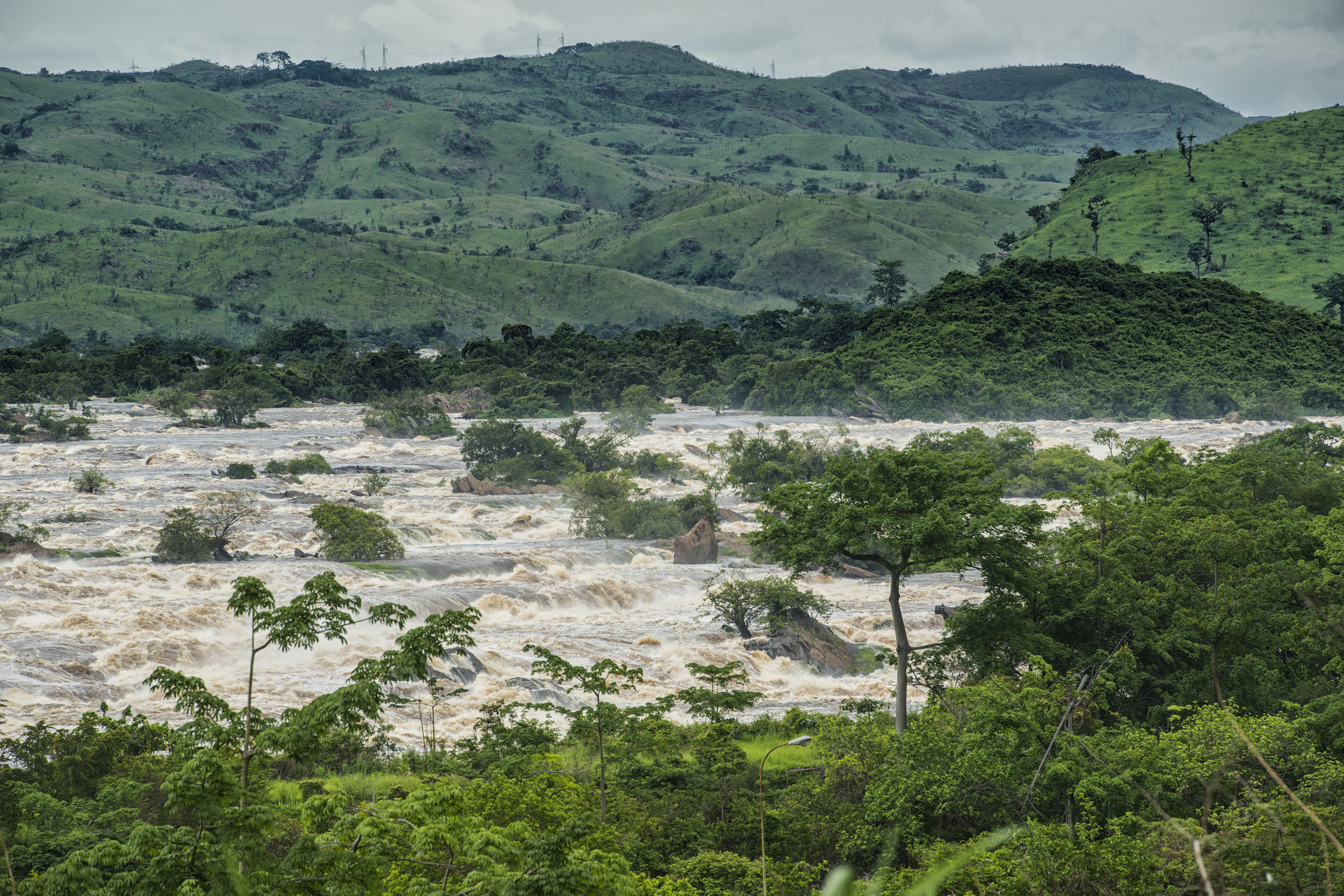Auxico Resources Canada Inc. (CSE: AUAG) is a new entrant into the rare earth supply chain story. This year they have made 4 shipments of monazite sands concentrate from the Democratic Republic of Congo (DRC) totaling 720 tonnes of concentrate for a combined value of US$3.8 million. Auxico keeps 15% of this amount or US$570k and the balance going to Central American Nickel (CAN). Pierre Gauthier, a Montreal businessman, is the Chairman of Central American Nickel and Executive Director of Auxico Resources. Auxico has signed a sales agency agreement with CAN and according to their website the offtake agreement is for 5 years for a minimum amount of 18,000 tonnes of concentrate, or about 300 tonnes per month (TPM), and has a target of 1,000 TPM. The recent sale was analyzed to have approximately 60% total rare earth oxides (TREO) which is good and a Neodymium (Nd) level of 14.95% and Praseodymium (Pr) of 3.4%, which is higher than Mt. Pass levels.
Looking at the prices of Neodymium and Praseodymium from July, the sales price received is around 30% of the contained value of Nd and Pr, which is in the typical range paid by the Chinese for concentrate. No destination is indicated but China would be the logical destination. The only other places would be Energy Fuels Inc. (NYSE American: UUUU | TSX: EFR) in the USA which can handle monazite or possibly Neo Performance Materials Inc. (TSX: NEO) plant in Estonia. In the future, the Saskatchewan Research Council could also be a client once their pilot plant is completed. Since the middle of the year prices for Nd and Pr have dropped around 40%, so revenues per tonne should drop accordingly to around $4,000 per tonne. Their goal is to reach 1,000 TPM by year end, which would generate total revenues of $4 million/month or $600K USD for Auxico as its monthly 15% share.
Two recent additions to Auxico are noteworthy. Frederick Kozak became President after having been President at Appia Rare Earths & Uranium Corp. (CSE: API | OTCQX: APAAF). He replaces Pierre Gauthier who had been Chairman and CEO. Also added to the board was Melissa Sanderson, a leader in ethically sustainable growth and previously served as a senior diplomat, including as Charge d’Affaires of the US Embassy in Kinshasa, DRC, so she brings on the ground experience to Auxico as it deals with ethically sourcing concentrate from North Kivu, DRC cooperatives. Melissa sits on the Board of the Critical Minerals Institute.
Auxico is also involved in projects in South America. Of note is the Massangana tin tailings project. In June of this year, Auxico announced an agreement with Cooperativa Estanifera de Mineradores da Amazônia Legal Ltda. (“CEMAL”) concerning the production of tin, niobium and rare earths from the Massangana tailings estimated to contain 30,000,000 tonnes in the State of Rondônia, Brazil. As some of you know I am a fan of tailings as a source of critical minerals as the heavy lifting has already been done to get the material out of the ground. This deposit has 30 million tonnes of tailings. A study done by the German Mineral Resources Agency and the Geological Survey of Brazil indicates that three types of products could be generated from the tin tailings: (A) a monazite concentrate; (B) a columbite Concentrate; and, (C) a cassiterite concentrate. According to their press release the following concentrates can be produced:

The TREO level in the tailings is better than some greenfield mines being promoted currently.
As noted in Auxico’s June press release a feasibility study is to be done to process 3 million tonnes per year which would give a project life of 10 years. The objective of this project is to produce 135,000 tonnes of monazite concentrate per year, 19,500 tonnes of cassiterite concentrate (tin), and 45,000 tonnes of columbite concentrate (50% niobium + 5% tantalum). If the monazite concentrate is 37% as noted above, this would produce 50,000 TPY of TREO, which is significant as this would be around 25% of the current world production, which I estimate at 175-200,000 TPY. The tin output would be around 10,000 TPY in a market which in 2019 was estimated at 310,000 tonnes, so it will not have a large impact in the market. The columbite would generate over 22,000 tonnes in a market which last year Statistica estimated at 75,000 tonnes. The largest Niobium producer is CBMM which is also based in Brazil.
Auxico uses a separation and recovery technology called Ultrasound Assisted Extraction (UAEx), which has been proven successful at recovering rare earths as well as other critical minerals.
Overall, Auxico has a lot to watch on multiple fronts.
Disclaimer: The editor of this post may or may not be a securities holder of any of the companies mentioned in this column. None of the companies discussed in the above feature have paid for this content. The writer of this article/post/column/opinion is not an investment advisor, and is neither licensed to nor is making any buy or sell recommendations. For more information about this or any other company, please review all public documents to conduct your own due diligence. To access the InvestorIntel.com Disclaimer, click here




Leave a Reply